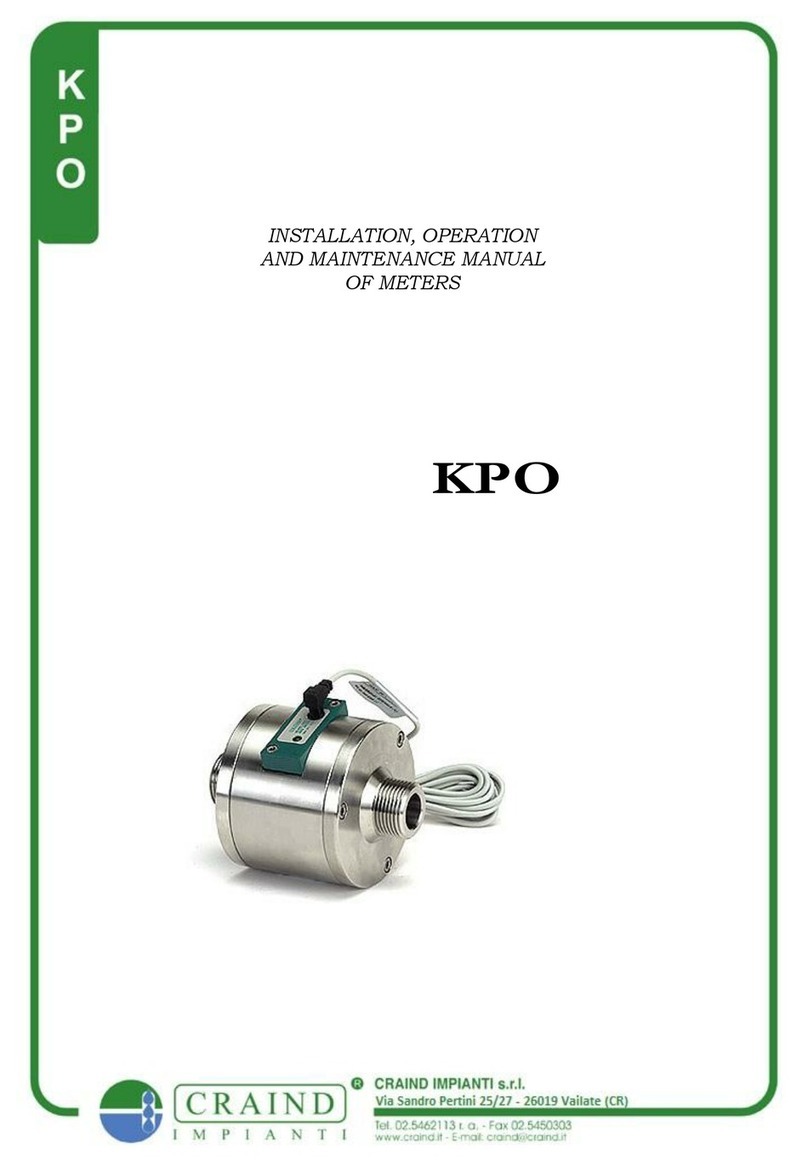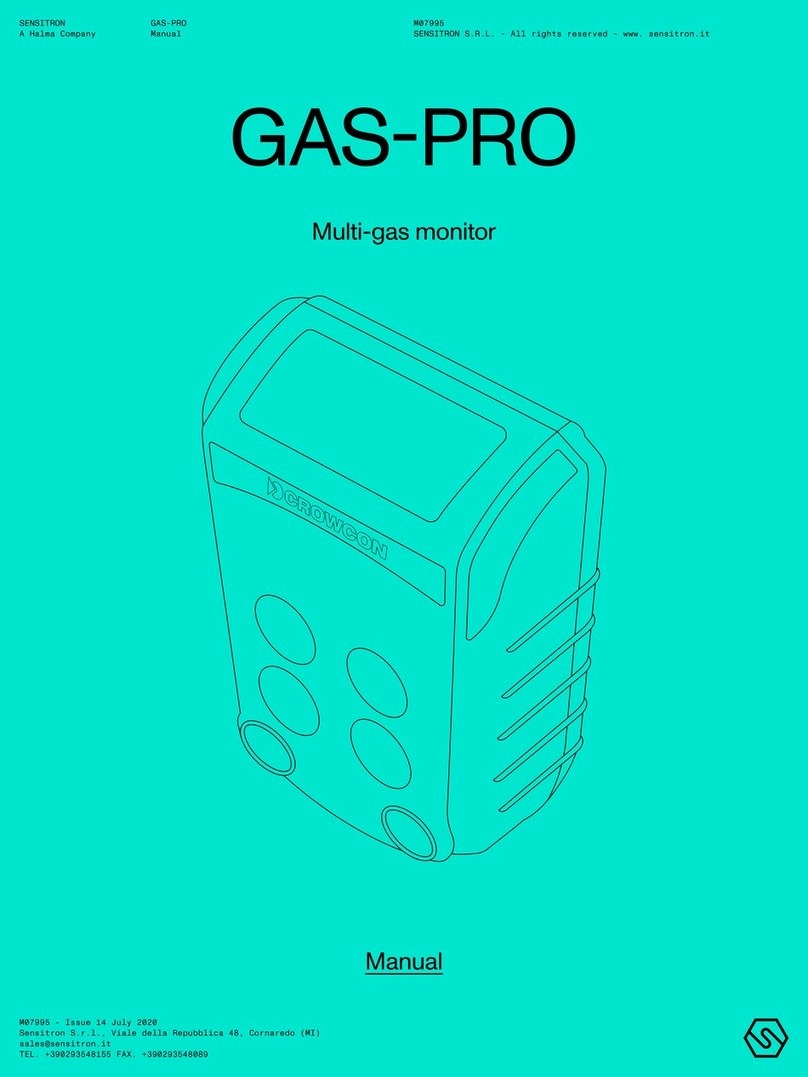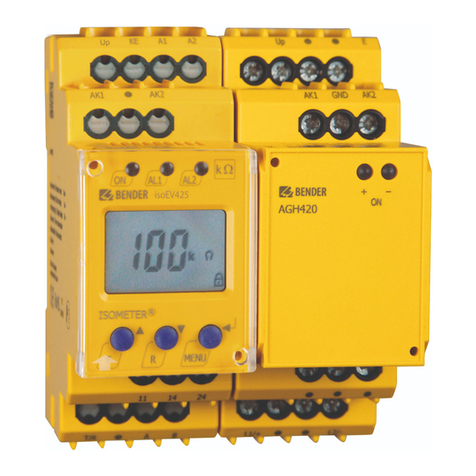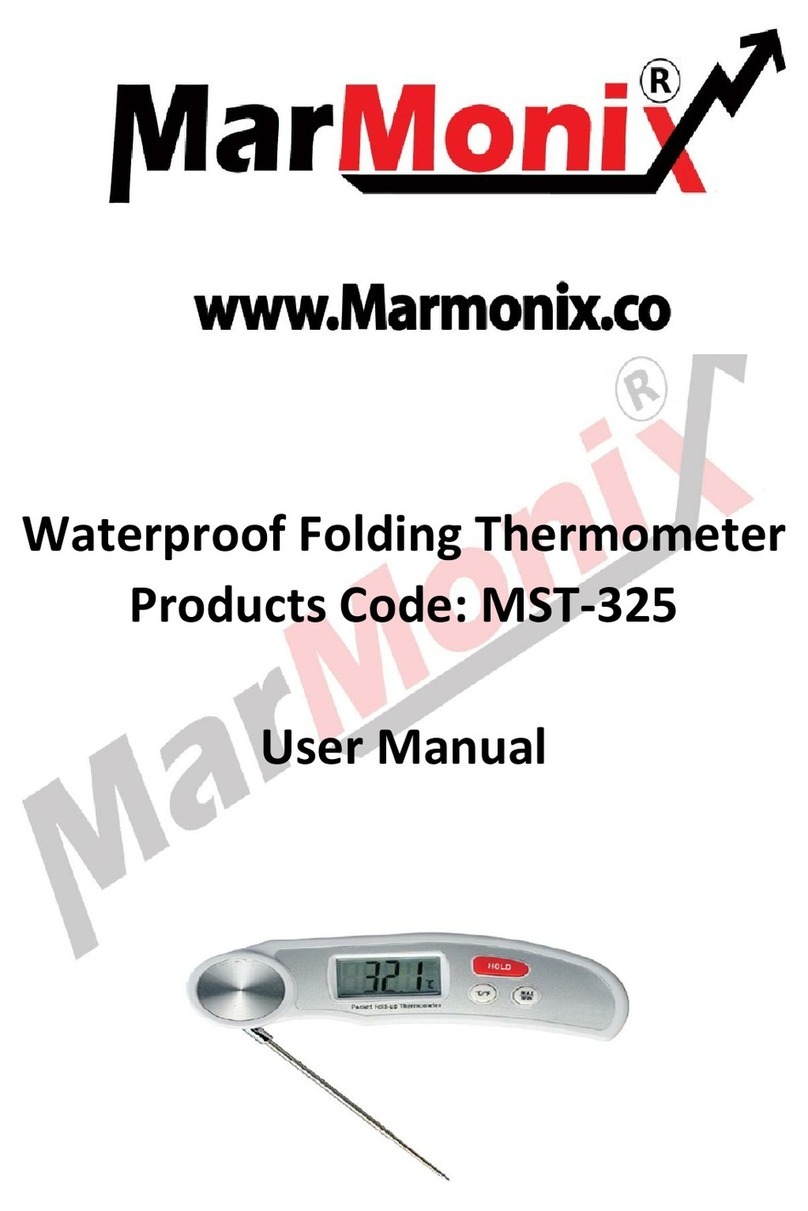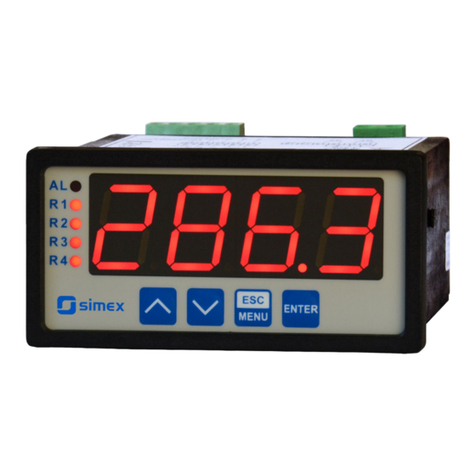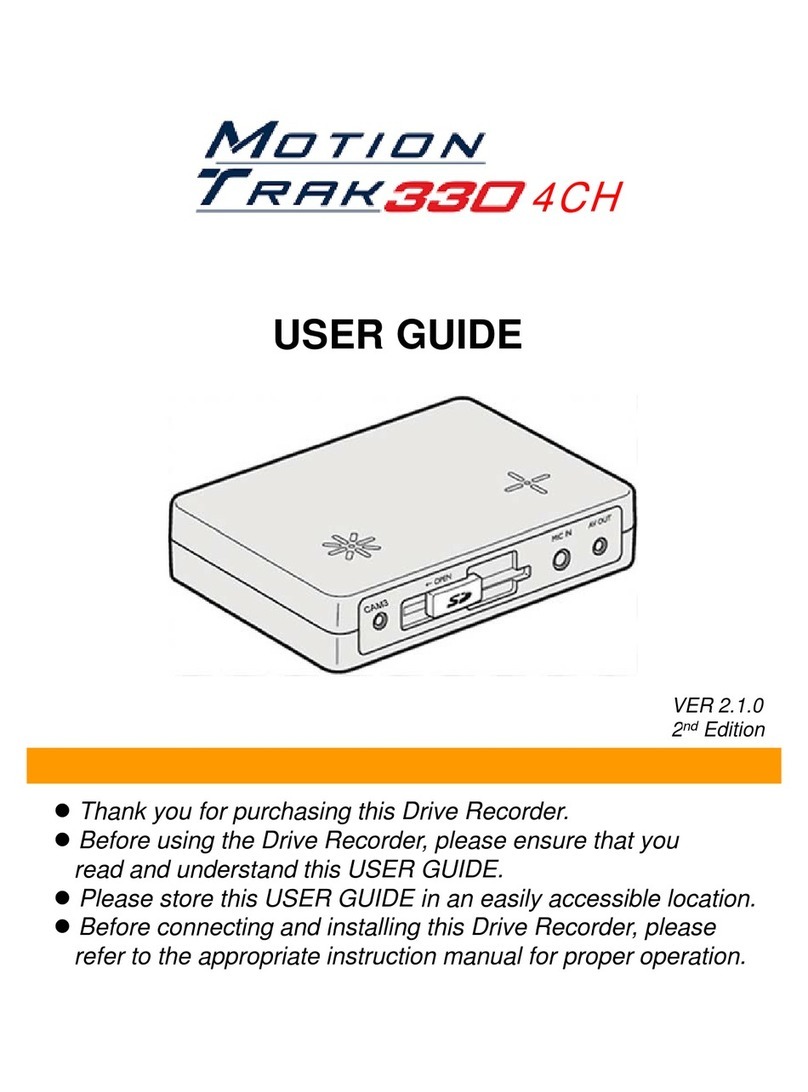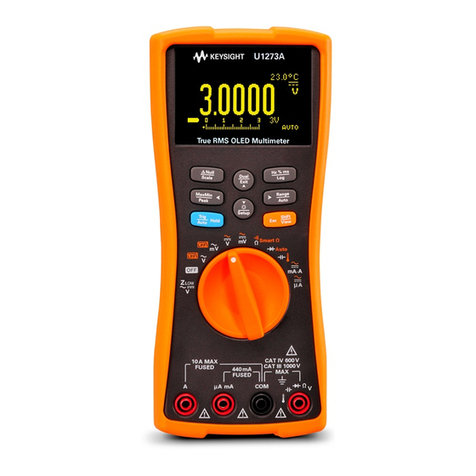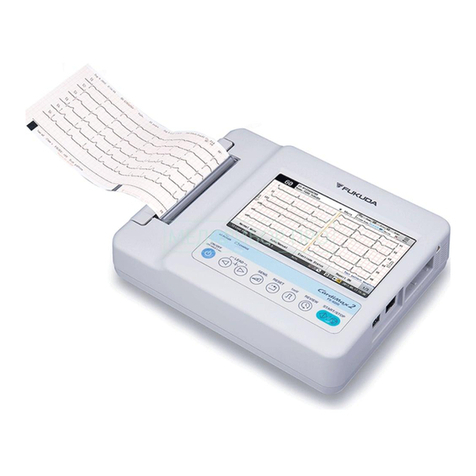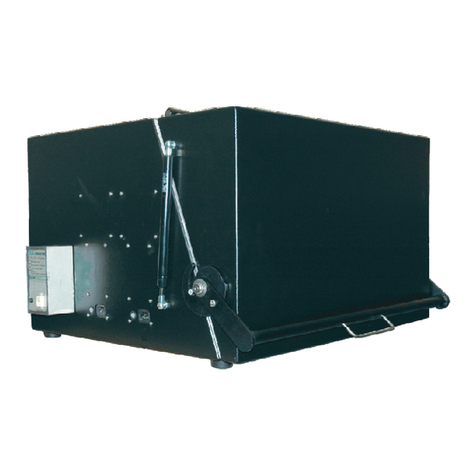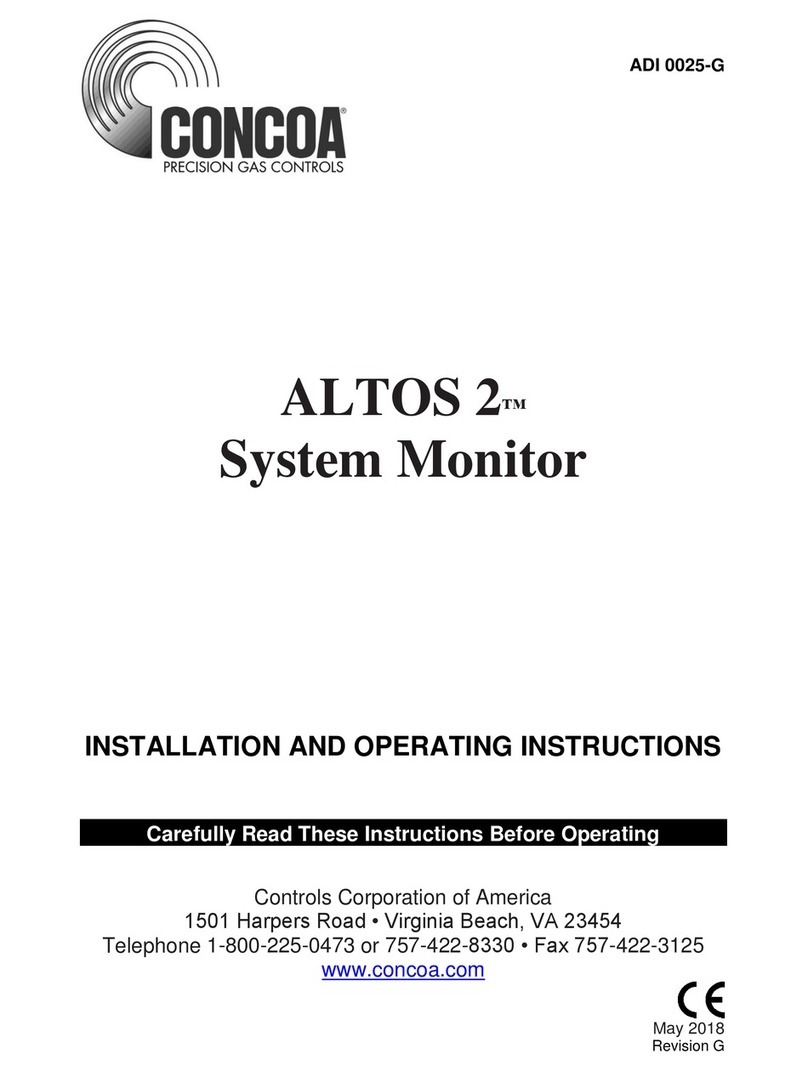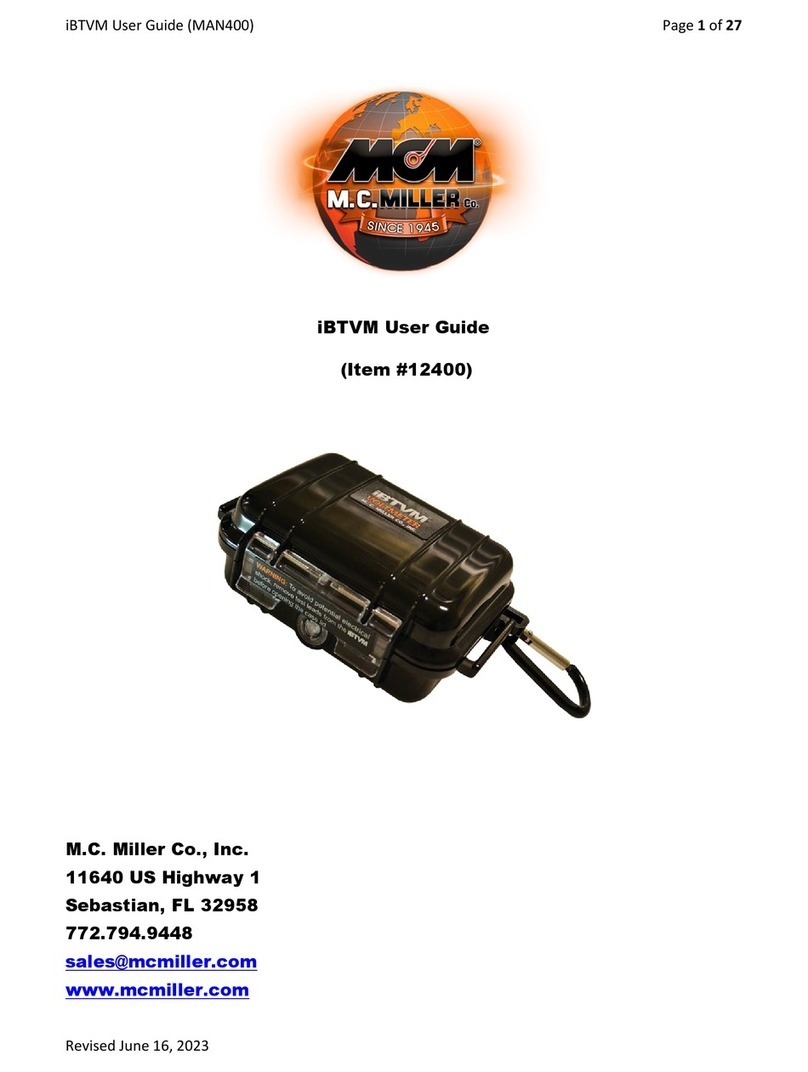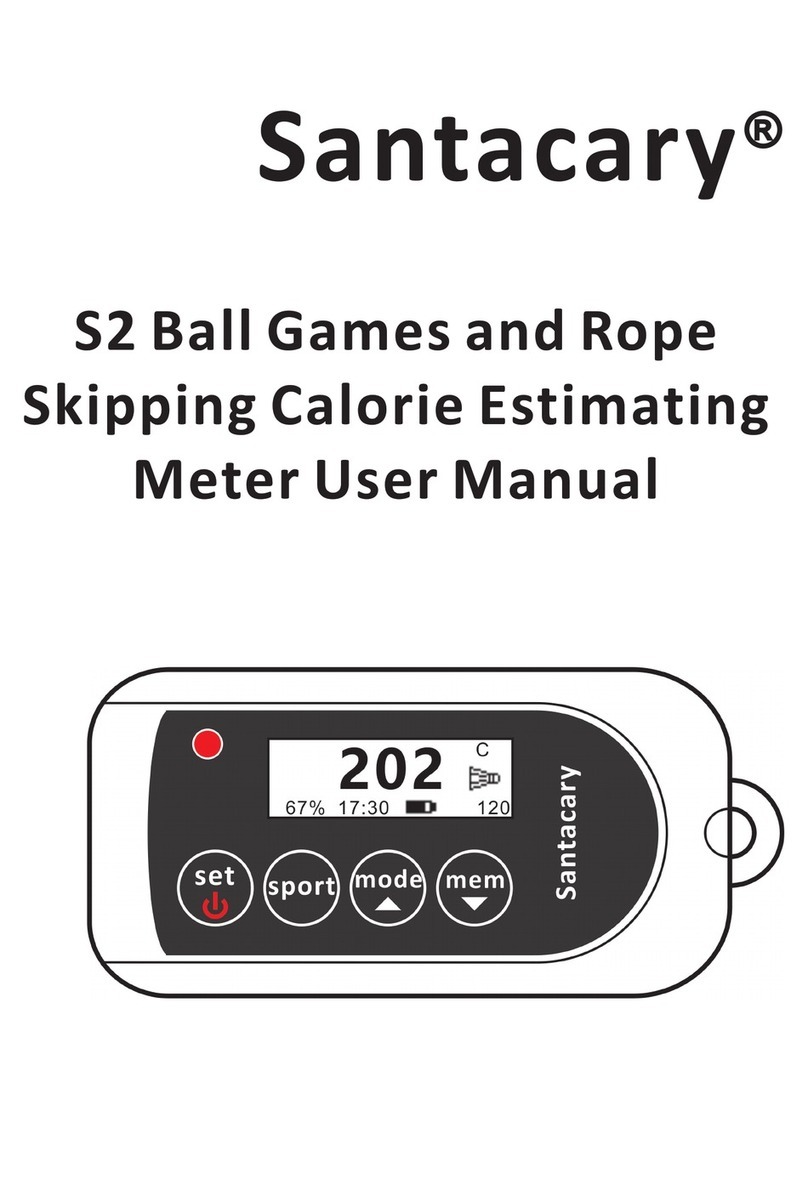Craind Impianti KDN User manual

INSTALLATION, OPERATION
AND MAINTENANCE MANUAL
OF METERS.
KDN

INTRODUCTION
A semi positive displacement nutantic disc flow transducer type
KDN is situated in the liquid line, which detects the transfer of
very small volumes of liquid. A magnetically operated switch
converts the disc movement into pulses which are transferred
along twin screened wire to remote electronic counting/control
devices.
INSTALLATION
Location of Meter.
It is recommended that the meter be fitted into a horizontal
section of the pipe run wherever possible. With the meter fitted
into vertical pipe, errors in registration can be possibly caused
by the settling of the disc due to gravity within the measuring
chamber after shut of the movement of the disc after metering
has ceased can trigger the reed switch and create an extra pulse.
The meter should be fitted upstream of any flow control device,
thus preventing free discharge from the meter and reducing the
risk of draining and vopour locking causing erroneous reading
on start up.
Preparation of Pipework
Before Petting the meter into position, the following points
should be checked:
That unions or flanges of correct size and spacification have
been fitted to the pipeline in the required position. Joints
requiring the application of heat must never be made with
the meter in position.
That the distance between unions or flanges is correct for the
meter to be fitted.
That the two unions or flanges are in line, and all local
pipework is unstrained and correctly supported. This is
particulary significant when using meters constructed in
PVC.
The pipeline must be purged of a!! rust, swarf welding slag
jointing compound by flushing or similar means before
putting the meter into service.

Pag.1
Installation.
As the meter are not bi-directional respected direction
arrows and the meter may be fitted directly in to the system.
Excessive tightening of the reed switch securing screws
should be guarded against at all times.
Meters should not be fitted into systems which are subjected
to any form of excessive hydraulic shock, or damage to the
meter internals may result.
Electrical Connections.
Electrical connections between the meter and the indicating of
control instrument shall be made using screened cable. The
reed switch is protected in a inox case. The switch withstand
temperature up 100°C and is completely waterproofed. The
maximum recommended lenght of cable is 100 metres.
contatt type
N.O.
VA max.
10
A
max.
0,2
V
max.
30
T
max.
100 °C
The fife expectancy of a reed switch is dipendent on the
application specific loading and can be as hight as 107 to 108
operations.

Pag.2
MAINTENANCE
Dismantling.
The meter has been designed to require the minimum of
maintenance. However, genera! planned maintenance is
recommended and the following procedures may be adopted
maintenance purposes:
Isolate the meter from its source of supply and if possible
drain it.
Remove the meter from the pipeline by undoing the union
nuts and springing the pipework slightly to disconnect the
connections or with flanged version of the meter by
undoing flanged bolts and sliding the meter from between
the system flanges.
Empty liquid from the meter.
Under the socked head cap screws from one end of the
meter and remove the end and the top plates. Some
resistance will be felt when removing the plate as an "O"
ring seal is located on the end plate spigot.
Remove the disc chamber.
Remove disc by gently lifting from the chamber.
Remove barrier plate.
Having completely dismantled meter all component may be
thoroughly washed in warm soapy water. On no account should
abrasive materials be used to clean the meter parts as meter
accuracy relies upon the maintenance of controlled clearances.
Inspection and Assembly
Inspect the barrier plate for wear, which if present will
manifest itself in the form of "waisting"or hollowing of the
barrier surface. Any reduction in barrier thickness will permit
the passage of un measuring liquid. if in doubt a new barrier
should be obtained and fitted.
Examine the disc chamber plates for wear and scouring, the
lotter will only occur in extreme cases when large abrasive

particles have passed through the measuring chamber. Any
mild signs of scouring may be polished out with meta! polish
and soft cloth. Chamber displaying heavy signs of wear
should be replaced and the cause of scouring ascertained and
a suitable strainer fitted up-stream of the meter before re-
installation of the meter in the pipework system.
Pag.3
Examine the meter end plates and in particular the "O" ring
seal. It is recommended that new "O" rings be fitted on
assembly as used rings tend to take a permanent set and leakage
could occur due to the "rings"inability to reseat (This is
particulary with PTFE "O" rings). If an "O" ring has been
damaged during dismantling it must be replaced.
Inspect the disc for signs of wear and ensure that no particles
are embedded in the disc wall.
Replace the piston into chamber, feeding the can slot over the
barrier plate and check that for all positions of the piston
within the chamber, the amount of "side play"or free
movement is not excessive and that the piston rotates within
the chamber.
To check that small meters are operating correctly after
assembly, place meter to lips and blow into the connection. The
rotation of the disc within the chamber should be immediately
apparent.
Commissioning
Immediately after installation or after long periods of shut
down the meter must be slowly purged of air. This is most
effectively achieved by allowing the liquid to be metered to
flow through the meter at a slowly increasing rate until the
maximum throughput is achieved.
The meter is now ready to be put into service and will
accurately measure all liquid passing through it, provided it is
not operate outside the limits.
METER DIMENSIONS

Pag.4
METER
DIMENSIONS
(mm)
WEIGHT
(KK)
MODELLO/ME
A
B
C
D
E
MSI
KDN 0 '/i" - W'
118
175
20
82
5,5
KDN 0 1"
148
197
34
103
9,5
KDN 0 1 W'
176
248
37
125
14
KDN 0 2"
242
320
40
130
23
KDN 0 3"
300
375
62
162
52
MODEL
FLOW RATE
PULSES
MSI 316
Min Mai
Uh
cc x imp
T ma:
°C
P ma:
bar
KDN 1"
200 6.000
135
80
10
KDN 1'/"
900 12.000
220
80
10
KDN 2"
2.000 22.000
500
80
10

Pag.5
The number of omitted pulses is the and it refers to water.
DISCS MATERIALS : PTFE- MSI 316 O.R MATERIALS
VITON - FIFE - EPDM –NTIRILE
EXPLODED VIEW OF METER PARTS
KDN 3"
3.500 35.000
780
80
10

Pag.6

N.1 disc complete , N . 1 Reed switchN, N.1 roller,
N.1 barrier plate, N.2 O”rings seals
ASSOCIATED EQUIPMENT
Filters
In order to guard against seizure of the meter working parts,
due to the ingress of oversized particles too large to be swept
through the meter, it is recommended that filter be fitted up-
stream of the meter to filter out particles in excess of 0,1 mm
in diameter. For further information do not exitate to contact
our Technical Department in CRAIND IMPIANTI
Valves
Remotely controlled valves, when fitted, should be of the fast
closing type to minimize the effect of over-run at the end of a
batch delivery. Generally, pneumatically operated valves are
recommended. Our Technical Department in CRAIND
IMPIANTI will be pleased to offer a suitably specified valve
to suit your requirements.
Pag.7
1) Cover
2) Head
3) REED
4) Printed circuit with Reed
5) Top flange
6) 'O' Ring
7) Disc complete
8) Measuring
Spare parts
9) Body
10) Bottom Flange
1l) Bodyscrew
12) Roller
13) Gasket
14) Roller screw
15) Barrier

Pumps
Use pumps free from pulsation (volumetric types). Positive
displacement pumps
Inherently produce pulsations which can cause measurement
errors.
Air Separation
If there is danger of en trained air being present in the liquid
then a suitable de-aeration device must be installed upstream
of the meter otherwise air will be measured as liquid.
CLEANING IN SITE
When a system is to be cleaned in place, sterilized or purged
without removal of the meter from the fine, it is advisable to
provide the meter with a by-pass to prevent damage occurring
!o the internal working parts unless the following
reccommenations can be adhered to:
Liquid detergent temperatures in excess of the maximum
stated in the meter specification should not be used for
cleaning purposes or distortion and expansion of the disc
will result, causing the piston to "bind"within the chamber.
Check that cleaning fluid will not attack or corrode the
material of the meter.
Sterilization with steam is not admitted. If it is necessary the
pressure of the in-coming steam to the meter must be
carefully controlled so that the velocity of the disc within the
chamber is kept below 75% of its maximum velocity when
metering with liquids. the same must be done when purging
the system with air.
After steam sterilization or air purging during re-charging of
the pipe with fluid, care must be taken to avoid impact of
high speed fluid re-entering the empty measuring chamber.
Pag.8

ATTENTION:• It is very dangeroustoemptythemeterby
usingair,nitrogenorsteam. Ifit is necessarybeverycareful
during theoperation.emptyingwillinevitablydamagethe
meter.
FAULT FINDING
If the metering system is not functioning correctly:
First check the operation of the indicator or control
instrument correctly:
Disconnect the signal input connections to the instrument
and simulate the pulsations of the reed switch at the
meter by intermittently short circuiting the input signal
terminals at the rear of the instrument. If the appropriate
pulses are not received on the indicating or control
equipment, then there units must be checked as described
in the appropriate instruction manual. If pulses are
received and indicated then re-connect a signal input
cable.
Check that the interconnection cable is satisfactory by:
Disconnecting the other end of the cable from the reed
switch connection. Short circuit the conductors and see
whether or not pulses are received on the control
equipment at the other end of signal cable. If pulses are
not received then there is a break somewhere in the
interconnection cable and it should be replaced. If pulses
are received re-connect the cable.
Check the operation of the reed switch by:
Remove the head assembly from the meter and connect a
battery ohm meter. Pass a normal magnet across the
bottom of the reed switch and if the resistance changes
from at test I mega ohm to less than I ohm due to the
movement of the magnet, the reed switch is operative.
To check that the disc is rotating whilst liquid is flowing:
I) Hold an ordinary magnetic compass near the reed
switch recess in the meter body. If the needle oscillates
wildly the disc is moving.
2) A visual check can be mode on the quantity of liquid
flowing through the system with the control device fully
open. If the flow rate is drastically below that normally
delivered the disc could be stationary and helping to produce
a prohibitive head loss across the meter.
3) Adjust the system flow rate to its maximum and check
for a slight vibration of the meter
Pag.9

4)caused by a rotating disc.
If al! the previously mentioned checks prove satisfactory then
the meter must be removed from the fine and dismantled and
inspected as detailed in maintenance sections.
Possible causes of imperfect operation ore:
I) A fractured disc or balls allowing the passing of
unmetered fluid.
2) Resistance to motion of the disc due to:
- Particles of foreign matter embedded in the working
surfaces of the meter.
- A "gummed up" meter due to ineffective
temperature control or settling out during
"shut'off". - A distorted disc due to operation at
temperatures in excess of the maximum
permitted.
- Worn barrier or roller allowing the disc to "cock"
during operation are not in the right position. -
Bent disc pegs due to excessive pressure drop
across the meter
Pag.10

This addict istructions and informations completate the
istruction’s manual and the standard’s service.
1- What operating
features have
Your equipment?
2- 1.1 - Marking
and esplications.
All of Yours equipment have this label
Pag.11
ATEX: ADDICT
ISTRUCTIONS AND
IN FORMATION

II 2 GD c T4 X
2- THE DATAS THAT YOU MUST CONTROL DURING
THE OPERATION
DANGER EXPLOSION!
The observance of the instruction contained in this chapter can
be produce severe damages to the people,
or it can be cause the death! This instructions don’t prescind
from an appropriate utilization of the equipment
and from the istructions on the generic instruction’s manual.
Pag.12

Note 1: refer to the individual instructions for the other
accessory united to the meter.
Note 2: all meters must be assembled with this follow addict
precaution
Pag.13
ATEX: ADDICT
ISTRUCTIONS AND
IN FORMATION

REPLACEMENT REED KDN
OLD SERIES NEW SERIES
Pag.14
Table of contents
Other Craind Impianti Measuring Instrument manuals
